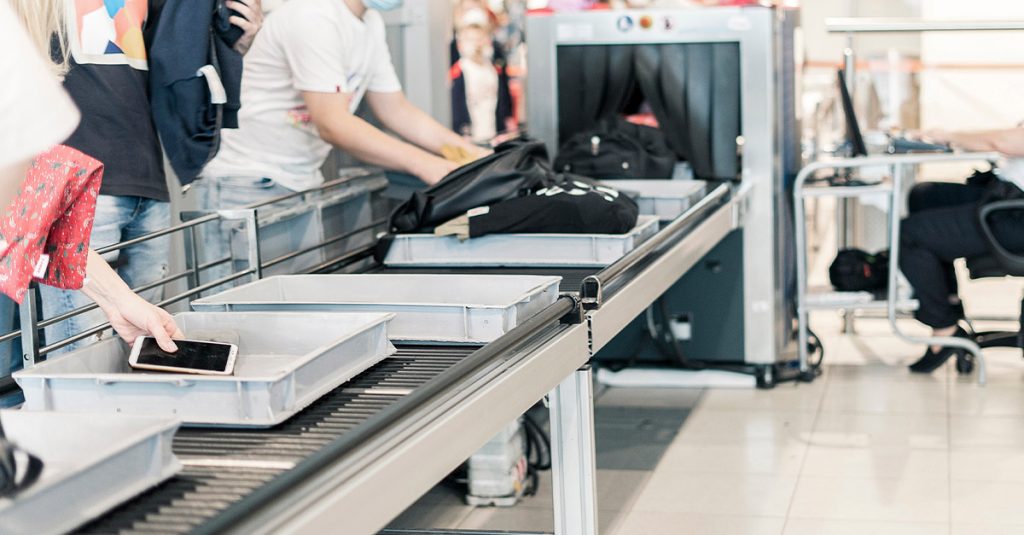The deadline for UK airports to install new 3D security scanners is looming. Only a few are ready. A recent survey reveals widespread non-compliance and delayed implementations. The implications for travellers are significant.
Current Compliance Status
The UK’s Department for Transport has set a tight deadline for installing new 3D security scanners. To date, just Newcastle, London City, and Aberdeen airports have fully complied. Upcoming reports indicate that Luton and Birmingham are on track to meet the deadline by June. This leaves a significant number of key airports struggling to catch up.
Despite these efforts, 12 of the largest UK airports, accounting for nearly 87% of the passenger traffic, are unlikely to meet the deadline within this year. This significant backlog threatens to disrupt airport operations and passenger experiences moving forward.
Impact on Travellers
Passengers travelling through major airports such as Heathrow, Gatwick, Manchester, and Stansted face uncertainty about security protocols. Some may encounter the new scanners, but consistency in security measures remains a concern. The situation is compounded for return flights as the availability of new scanners is not guaranteed.
The inconsistency in security measures has prompted advisories from aviation experts. Passengers are urged to adhere to existing security rules, especially the 100ml liquid limit, until new systems are uniformly implemented.
Government’s Role and Response
Industry insiders have voiced concerns regarding the government’s handling of the scanner rollout deadlines. Initially scheduled for June 1, the deadline extension came in response to lobbying pressures. While the Department for Transport aimed to eliminate liquid restrictions in carry-on luggage, delays have stalled this initiative.
Moreover, the government’s lack of transparency regarding which airports have received deadline extensions has fuelled confusion. Stakeholders are calling for clearer communication to manage expectations and minimise passenger inconvenience.
Industry Concerns
Chris Wright, managing director of Sunvil, highlighted the disconnect between consumer expectations and airport readiness. Travellers excited about the prospect of liquid restriction-free travel may find themselves unprepared at under-equipped airports. This gap in readiness is a source of potential disruption.
Airlines also weigh in, concerned about possible passenger frustrations. One senior airline source remarked that the assumption of seamless scanner availability in both departure and arrival airports may lead to costly misunderstandings for passengers.
Technological Advancements and Benefits
The full adoption of 3D scanners promises to revolutionise airport security by allowing passengers to carry more than 100ml of liquid without additional checks. The scanners’ advanced imaging technology not only expedites security clearance but also enhances threat detection, offering a dual advantage.
However, the current staggered implementation means that these benefits remain out of reach for most travellers. Full deployment is essential to realise the potential benefits, reducing queuing times and enhancing travel convenience.
Recommendations for Passengers
Passengers are advised to remain vigilant and prepare for varied security measures during their travels. Maintaining compliance with existing security regulations is prudent until airports broadly adopt the new scanners.
Experts recommend passengers verify scanner availability at both departure and arrival airports. This proactive approach can minimise uncertainty and help maintain a seamless travel experience.
Looking Ahead
As airports continue striving to meet these technological demands, the industry anticipates substantial improvements in the passenger experience. The shift promises not only greater convenience but also heightened security.
Until widespread implementation of new scanners is achieved, travellers should remain informed and cautious. Awareness and preparation are key to navigating the current transitional phase in airport security.

